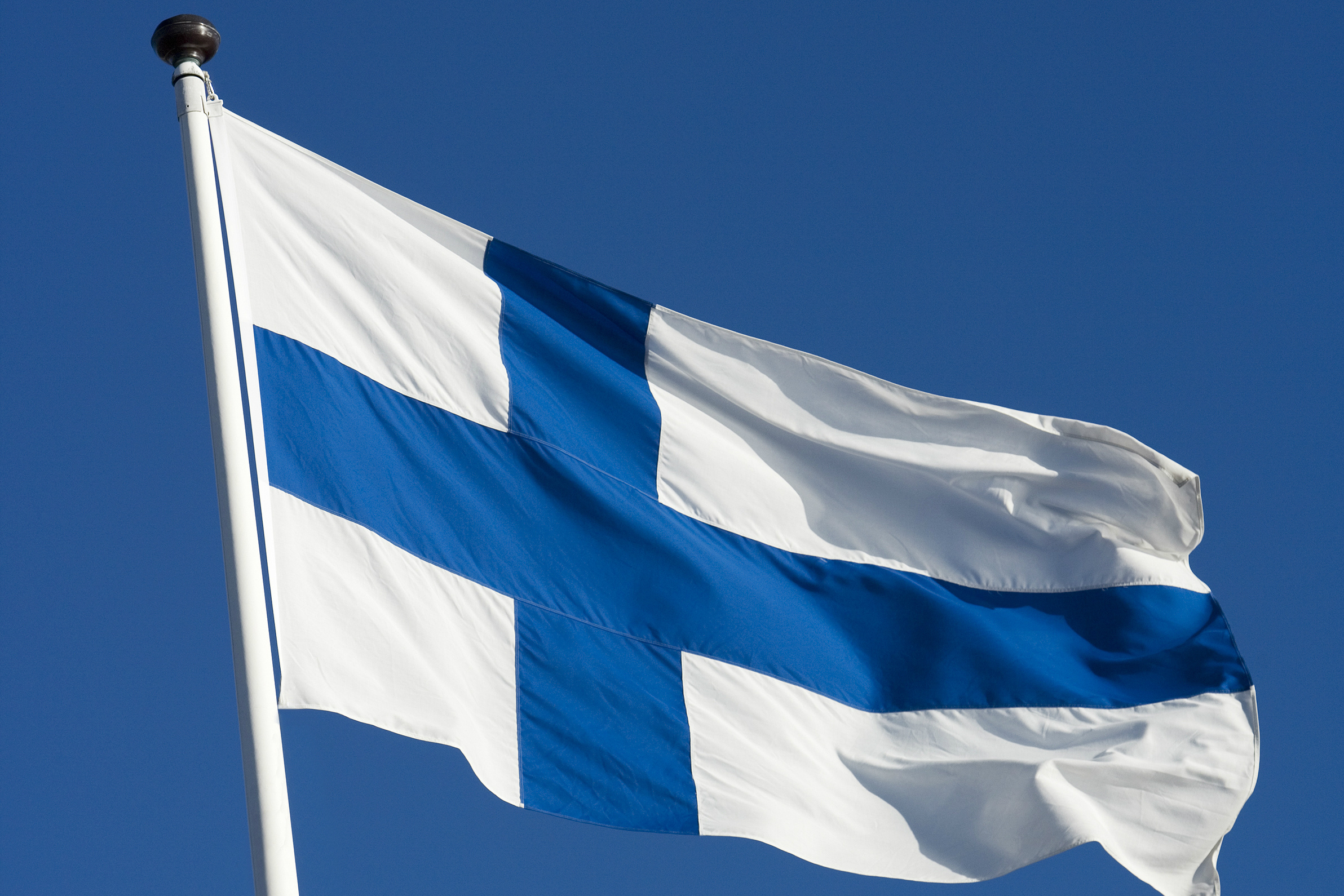Finland prepares for ‘manifold warfare’ as Russia feeds paranoia

A year ago, at the height of winter, officials in Helsinki were baffled to find scores of Asian and Middle Eastern asylum seekers suddenly crossing the sleepy Russian-Finnish border in Lapland, an Arctic region where reindeer outnumber people.
The incident prompted Finland to break from EU practices and sign an immigration-curbing deal with Vladimir Putin. Finnish officials eventually concluded that the crossings were probably part of a hybrid attack masterminded in Moscow.
As it prepares to celebrate the 100th anniversary of its independence from the Russian Empire, Finland is now setting up an international center designed to help governments deal with a rapidly-evolving form of modern warfare readily associated with the West’s Cold War foe.
[Finland plans to set up center to counter ‘hybrid’ threats]
“Warfare today is manifold,” Finnish Defense Minister Jussi Niinisto said in an interview in Helsinki, and there are different ways of influencing operations in other countries. Finland’s hybrid warfare center would “analyze these kinds of operations, so that we can understand them and improve our crisis resilience.”
Alleged attempts to influence the recent U.S. presidential elections from overseas have received much publicity. This year could be the turn of Europe, where voting in the Netherlands, France and Germany will be closely monitored for evidence that Russia is again trying to destabilize democracy by secretly assisting anti-establishment candidates.
The increasing use of covert operations hasn’t prevented a massive build up of traditional military forces on either side of the old Iron Curtain. This month, the U.S. sent thousands of troops to Poland to bolster NATO’s eastern front and reassure European allies rattled by Donald Trump’s perceived rapprochement with Russia’s president.
But hybrid warfare is nevertheless expected to grow in importance. And it’s already much more than just hacking or disseminating fake news.
Niinisto cited the mysterious Arctic immigration surge, which he says involved “about 2,000 people,” as an example of suspicious events that would be investigated by the center. Teija Tiilikainen, who heads the Helsinki-based Institute for Research for International Relations, said in a May interview that what had happened in Lapland “was very probably a politically machinated action.”
The idea of a hybrid center was discussed in Brussels, the home of the European Union and the North Atlantic Treaty Organization, in the wake of Russia’s annexation of Crimea and the spread of the terrorist group Islamic State.
Unlike NATO’s cyber defense center in Estonia, Finland’s would be wider in scope and also open to non-NATO Western nations.
With a relatively small budget of 2 million euros ($2.13 million), the Helsinki center would act as an international consultant, advising and providing specialized training to member states in cooperation with NATO and the EU.
“Often, states cannot be sure if they are under a hybrid attack,” said Matti Saarelainen, the project manager. The center would “help member countries better understand hybrid threats and better prepare for them.”
Saarelainen, who works for the office of the prime minister, said he expects a memorandum of understanding involving at least five countries to be signed by the middle of March. Membership would eventually be expanded, with the U.S. likely to join at some stage.
“Despite the ongoing transition, there has been a very positive reception toward the center in the U.S.,” Saarelainen said.